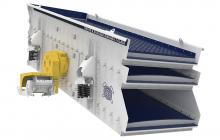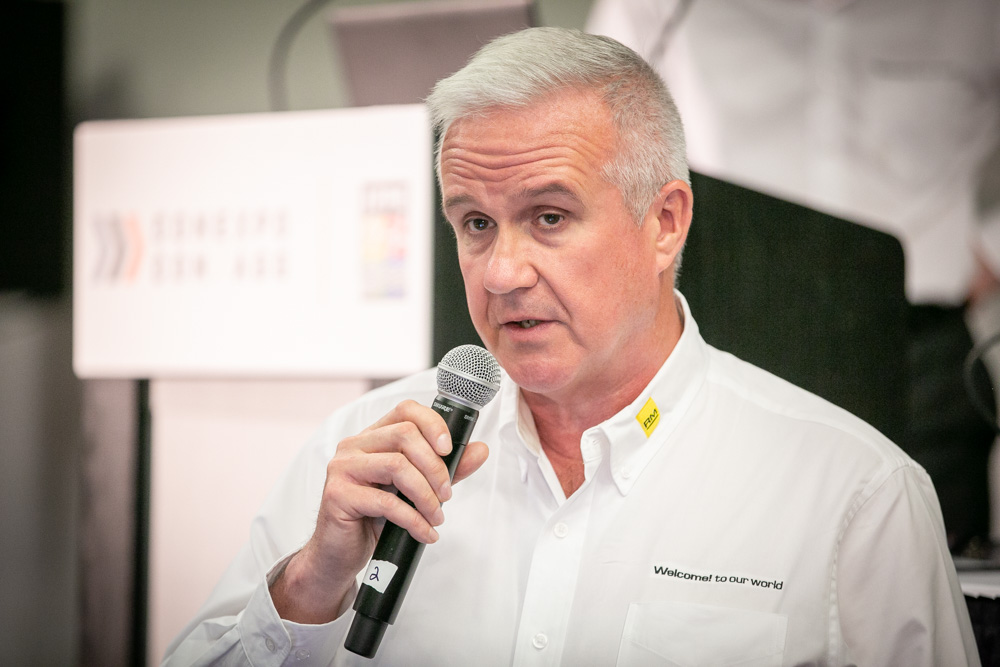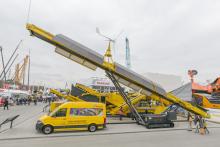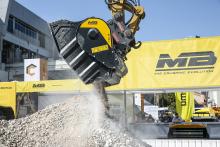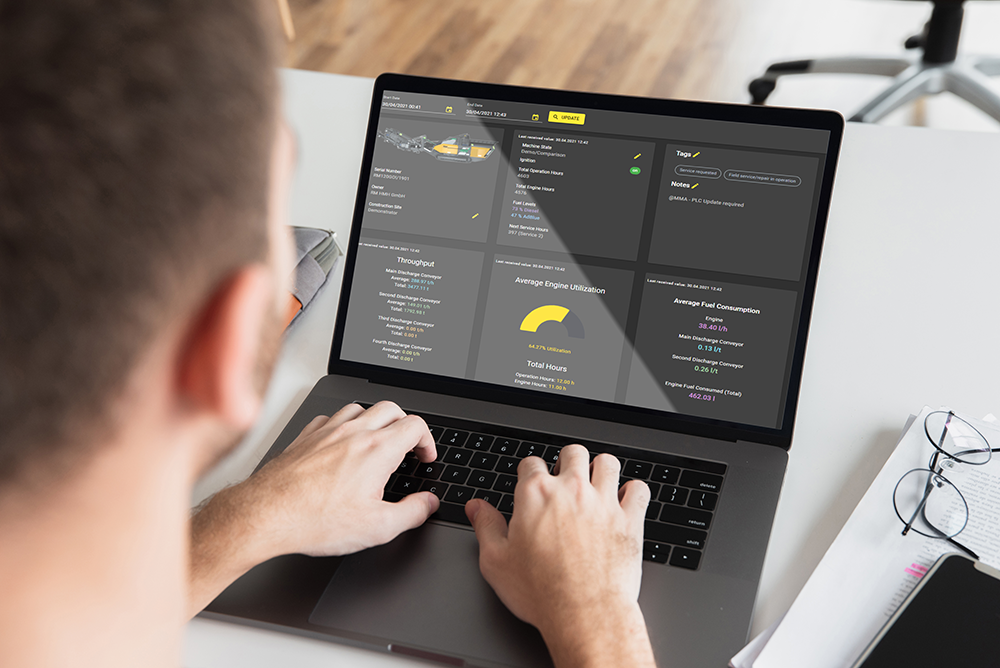
While operators can still display all data and troubleshooting routines directly on their smartphones at any time, in the future the data will not only be available in the machine's WiFi network, but anytime and anywhere. This makes the daily work of workshop managers, rental fleet managers, dispatchers and owners much easier.
"We don't want our customers to waste time doing paperwork for their machines. Our aim is to offer the best service and that includes making the maximum profit," explains Hanisch. This is achieved by centralising and automating the flow of information.
RM XSMART offers detailed records relating to operating data as well as operating times. With just a few clicks, the data can be broken down to the exact day and time. Because the operating hours are recorded automatically, it is no longer necessary to log hours at regular intervals manually. These records replace handwritten logbooks for each machine and are available at any time as a PDF download for presentation to the authorities.
Waiting times are reduced because diesel and AdBlue levels are recorded continuously so that tankers can be dispatched in good time without the machine operator having to call. A frequent problem on construction sites - fuel theft - can also be detected at an early stage.
However, RM XSMART is not only a monitoring platform. The machines are managed and deployed using the platform. At a glance, the machine owner and the dispatcher have an overview of which machines are available, which are currently being serviced and which are already in operation. Tags and notes can be used to pass on additional information, so that you always have a comprehensive overview.
RM XSMART also eliminates the time-consuming search for the exact location of a machine by service technicians or transporter drivers. Regardless of whether the machine location has an exact postal address or not, the coordinates are noted in the system and can be shared at any time. In addition, the nearest postal address is also provided for easier navigation.
"RM XSMART takes us another step towards the construction site of the future, but much more is still to be implemented, because the potential of the combination of electrification and digitalisation is enormous. That is why RM XSMART will be included with all NEXT machines in the future and the platform is available as an option on all GO! machines," says Hanisch.
Energy supply
"Because we take the entire processing chain into consideration, power management and networking each machine has emerged as a particularly important topic for us," says Markus Gaggl, chief technical officer. Preventing energy from being consumed while machines are idling is one aspect of this topic. Gaggl sees the construction site of the future as definitely being electric.
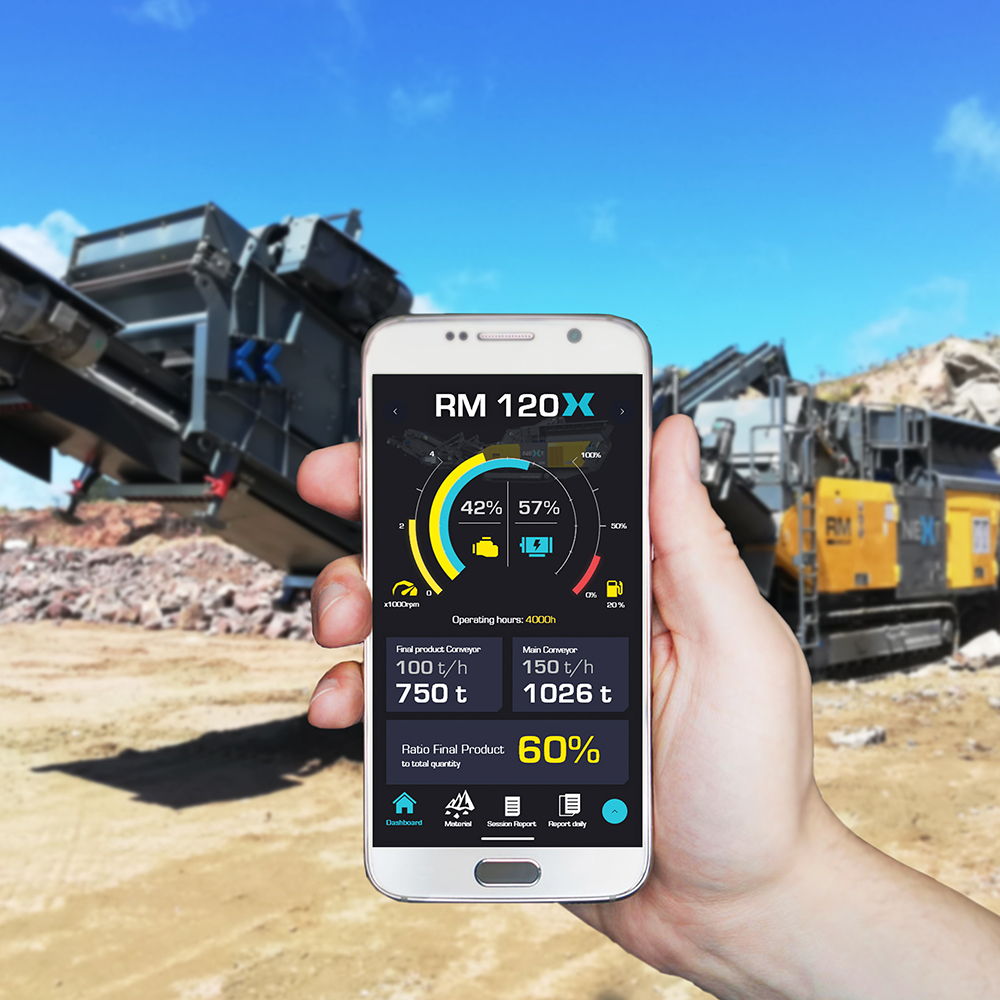
"The automotive industry is setting the pace here,” says Gaggl. “Considering that the decision has been made to practically phase out combustion engines by 2030, there will be many more electric construction machines in the foreseeable future."
However, the grid operators also need to do their homework and expand the grid more. “For RM, this is sometimes the reason to offer its customers the possibility to either connect to the grid or to work completely self-sufficiently or even to supply an entire processing line consisting of pre-screen, crusher and post-screen from a single power source. These machines need to be able to communicate with each other to avoid belts running idle and to save energy," explains Gaggl.
While autonomous crushers and screens are still at the development stage, RM Group already offers its customers assistance processes in the form of the Performance Indicator and RM XSMART to optimally feed crushers and screens.
Reading about the construction site of the future often conjures up an image of urban construction sites in which terms such as autonomous driving, digitalisation and zero emissions dominate. Hanisch believes that construction sites will still vary greatly in the future.
“Of course, it will be extremely important in urban areas that noise, emissions and dust are kept to a minimum,” he says. “For construction sites in remote areas, such as the jungles of Southeast Asia or desert regions in Central and South America, issues such as energy supply and predictive maintenance are key. That's why our top priority is to respond flexibly."
However the issues are considered, digitalisation and artificial intelligence are essential for RUBBLE MASTER to evaluate and manage the entire flow of information from sensors and cameras.

